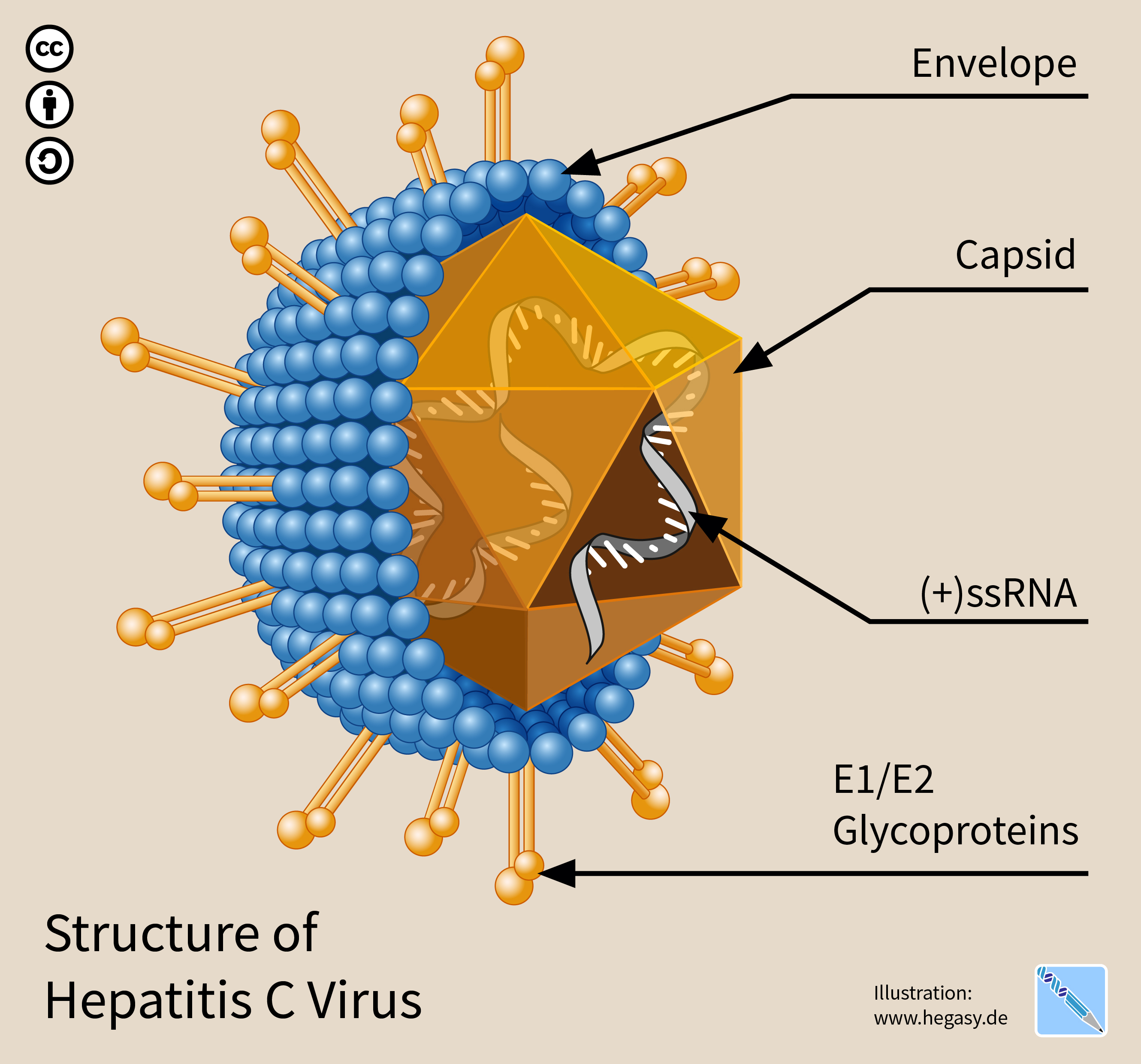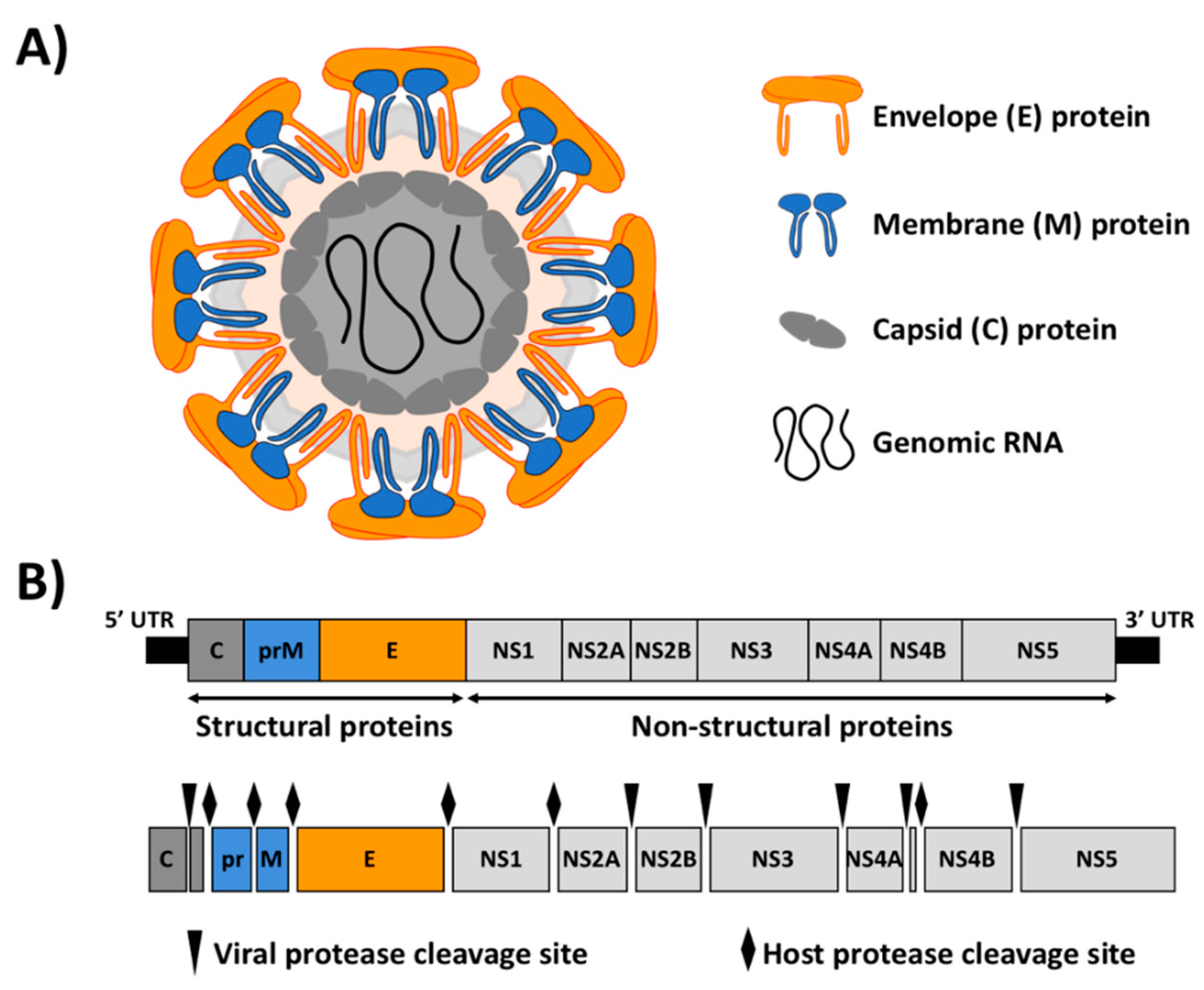|
Pegivirus H
HPgV-2 (also known as human pegivirus type 2) is the second human pegivirus discovered. It was first identified in 2005 in blood of transfusion recipients and initially named ''hepegivirus 1'' because it shared some genetic features with both pegiviruses and hepaciviruses. HPgV-2 was later independently discovered by another group in the blood of a HCV-infected patient who had undergone multiple blood transfusions and died from sepsis of unclear etiology. It was then named ''human pegivirus 2''. HPgV-2 is now classified in the ''Pegivirus'' genus as part of ''Pegivirus columbiaense'' species. HPgV-2 is a blood-borne virus that causes chronic long-term infections much like hepatitis C virus (HCV) and GB virus C (HPgV) – the first human pegivirus to have been discovered – but is not known to be associated with any disease. It usually infects people who are already infected by HCV and has the prevalence around 1–2% in such persons. Its prevalence in HCV/HIV coinfected subje ... [...More Info...] [...Related Items...] OR: [Wikipedia] [Google] [Baidu] |
Pegivirus
''Pegivirus'' is a genus of single positive-stranded RNA viruses in the family ''Flaviviridae''. The name is a derived one: "Pe" stands for "persistent" and "g" is a reference to GB virus C, Hepatitis G, a former name of the ''C'' species. Taxonomy Eleven named species are within the genus ''Pegivirus''. Isolates belonging to the species ''Pegivirus C'' are monophyletic and show 50% nucleotide (>55% amino acid) divergence from other members of this genus. Pegiviruses assigned to this species (''Pegivirus A'') originate from primate host species (humans, chimpanzees and several New World monkey species). The sequence U22303 has been assigned as the type member of the species, as this was the first pegivirus to be described for this species. Terminology to describe viruses with different hosts has not been approved by the International Committee on Taxonomy of Viruses; however, ''Pegivirus A'' viruses have been called HPgV for human pegivirus, SPgV for new world simian pegivirus ... [...More Info...] [...Related Items...] OR: [Wikipedia] [Google] [Baidu] |
Blood Transfusion
Blood transfusion is the process of transferring blood products into a person's Circulatory system, circulation intravenously. Transfusions are used for various medical conditions to replace lost components of the blood. Early transfusions used whole blood, but modern medical practice commonly uses only components of the blood, such as red blood cells, blood plasma, plasma, platelets, and other clotting factors. White blood cells are transfused only in very rare circumstances, since granulocyte transfusion has limited applications. Whole blood has come back into use in the Major trauma, trauma setting. Red blood cells (RBC) contain hemoglobin and supply the Cell (biology), cells of the body with oxygen. White blood cells are not commonly used during transfusions, but they are part of the immune system and also fight infections. Plasma is the "yellowish" liquid part of blood, which acts as a buffer and contains proteins and other important substances needed for the body's overall ... [...More Info...] [...Related Items...] OR: [Wikipedia] [Google] [Baidu] |
Hepacivirus
''Hepacivirus'' is a genus of positive-strand RNA viruses in the family ''Flaviviridae''. The hepatitis C virus (HCV), in species ''Hepacivirus hominis'', infects humans and is associated with hepatitis and hepatocellular carcinoma. There are fourteen species in the genus which infect a range of other vertebrate. History Hepatitis C virus (HCV), which is the causative agent of hepatitis C in humans, and a member of the species ''Hepacivirus C'', was discovered in 1989. Eight genotypes (1–8) and eighty-six subtypes (1a, 1b etc.) of hepatitis C virus have been named. GBV-B virus (also known as GB virus B) discovered in 1995 is capable of infecting New World monkeys, in particular tamarins. Like HCV it is transmitted by the blood-borne route and similar to HCV it is associated with the viral hepatitis. However GBV-B has never been identified in wild animals and its natural host is not known. Structure Viruses in the genus ''Hepacivirus'' are enveloped and have spherical icosahe ... [...More Info...] [...Related Items...] OR: [Wikipedia] [Google] [Baidu] |
Sepsis
Sepsis is a potentially life-threatening condition that arises when the body's response to infection causes injury to its own tissues and organs. This initial stage of sepsis is followed by suppression of the immune system. Common signs and symptoms include fever, tachycardia, increased heart rate, hyperventilation, increased breathing rate, and mental confusion, confusion. There may also be symptoms related to a specific infection, such as a cough with pneumonia, or dysuria, painful urination with a pyelonephritis, kidney infection. The very young, old, and people with a immunodeficiency, weakened immune system may not have any symptoms specific to their infection, and their hypothermia, body temperature may be low or normal instead of constituting a fever. Severe sepsis may cause organ dysfunction and significantly reduced blood flow. The presence of Hypotension, low blood pressure, high blood Lactic acid, lactate, or Oliguria, low urine output may suggest poor blood flow. Se ... [...More Info...] [...Related Items...] OR: [Wikipedia] [Google] [Baidu] |
Blood-borne
A blood-borne disease is a disease that can be spread through contamination by blood and other body fluids. Blood can contain pathogens of various types, chief among which are microorganisms, like bacteria and parasites, and non-living infectious agents such as viruses. Three blood-borne pathogens in particular, all viruses, are cited as of primary concern to health workers by the CDC-NIOSH: human immunodeficiency virus, hepatitis B, and hepatitis C. Diseases that are not usually transmitted directly by blood contact, but rather by insect or other vector, are more usefully classified as vector-borne disease, even though the causative agent can be found in blood. Vector-borne diseases include West Nile virus, zika fever and malaria. Many blood-borne diseases can also be contracted by other means, including high-risk sexual behavior or intravenous drug use. These diseases have also been identified in sports medicine. Since it is difficult to determine what pathogens any given sa ... [...More Info...] [...Related Items...] OR: [Wikipedia] [Google] [Baidu] |
Hepatitis C Virus
The hepatitis C virus (HCV) is a small (55–65 nm in size), enveloped, positive-sense single-stranded RNA virus of the family ''Flaviviridae''. The hepatitis C virus is the cause of hepatitis C and some cancers such as liver cancer ( hepatocellular carcinoma, abbreviated HCC) and lymphomas in humans. Taxonomy The hepatitis C virus belongs to the genus '' Hepacivirus'', a member of the family ''Flaviviridae''. Before 2011, it was considered to be the only member of this genus. However a member of this genus has been discovered in dogs: canine hepacivirus. There is also at least one virus in this genus that infects horses. Several additional viruses in the genus have been described in bats and rodents. Structure The hepatitis C virus particle consists of a lipid membrane envelope that is 55 to 65 nm in diameter. Two viral envelope glycoproteins, E1 and E2, are embedded in the lipid envelope. They take part in viral attachment and entry into the cell. Within the e ... [...More Info...] [...Related Items...] OR: [Wikipedia] [Google] [Baidu] |
GB Virus C
GB virus C (GBV-C), formerly known as hepatitis G virus (HGV) and also known as human pegivirus (HPgV), is a virus in the family ''Flaviviridae'' and a member of the '' Pegivirus''. It is known to infect humans but is not known to cause human disease. Reportedly, HIV patients coinfected with GBV-C can survive longer than those without GBV-C, but the patients may be different in other ways. Research is active into the virus' effects on the immune system in patients coinfected with GBV-C and HIV. Human infection The majority of immunocompetent individuals clear GBV-C viraemia, but in some individuals, infection persists for decades. However, the time interval between GBV-C infection and clearance of viraemia (detection of GBV-C RNA in plasma) is not known. About 2% of healthy US blood donors are viraemic with GBV-C, and up to 13% of blood donors have antibodies to E2 protein, indicating possible prior infection. Parenteral, sexual, and vertical transmissions of GBV-C have b ... [...More Info...] [...Related Items...] OR: [Wikipedia] [Google] [Baidu] |
Positive-sense Single-stranded RNA Virus
Positive-strand RNA viruses (+ssRNA viruses) are a group of related viruses that have positive-sense, single-stranded genomes made of ribonucleic acid. The positive-sense genome can act as messenger RNA (mRNA) and can be directly translated into viral proteins by the host cell's ribosomes. Positive-strand RNA viruses encode an RNA-dependent RNA polymerase (RdRp) which is used during replication of the genome to synthesize a negative-sense antigenome that is then used as a template to create a new positive-sense viral genome. Positive-strand RNA viruses are divided between the phyla '' Kitrinoviricota'', '' Lenarviricota'', and '' Pisuviricota'' (specifically classes '' Pisoniviricetes'' and '' Stelpavirictes'') all of which are in the kingdom '' Orthornavirae'' and realm ''Riboviria''. They are monophyletic and descended from a common RNA virus ancestor. In the Baltimore classification system, +ssRNA viruses belong to Group IV. Positive-sense RNA viruses include patho ... [...More Info...] [...Related Items...] OR: [Wikipedia] [Google] [Baidu] |
Flaviviruses
''Flavivirus'', renamed ''Orthoflavivirus'' in 2023, is a genus of positive-strand RNA viruses in the family ''Flaviviridae''. The genus includes the West Nile virus, dengue virus, tick-borne encephalitis virus, yellow fever virus, Zika virus and several other viruses which may cause encephalitis, as well as insect-specific flaviviruses (ISFs) such as cell fusing agent virus (CFAV), Palm Creek virus (PCV), and Parramatta River virus (PaRV). While dual-host flaviviruses can infect vertebrates as well as arthropods, insect-specific flaviviruses are restricted to their competent arthropods. The means by which flaviviruses establish persistent infection in their competent vectors and cause disease in humans depends upon several virus-host interactions, including the intricate interplay between flavivirus-encoded immune antagonists and the host antiviral innate immune effector molecules. Flaviviruses are named for the yellow fever virus; the word ''flavus'' means 'yellow' in Latin ... [...More Info...] [...Related Items...] OR: [Wikipedia] [Google] [Baidu] |
Open Reading Frame
In molecular biology, reading frames are defined as spans of DNA sequence between the start and stop codons. Usually, this is considered within a studied region of a prokaryotic DNA sequence, where only one of the six possible reading frames will be "open" (the "reading", however, refers to the RNA produced by transcription of the DNA and its subsequent interaction with the ribosome in translation). Such an open reading frame (ORF) may contain a start codon (usually AUG in terms of RNA) and by definition cannot extend beyond a stop codon (usually UAA, UAG or UGA in RNA). That start codon (not necessarily the first) indicates where translation may start. The transcription termination site is located after the ORF, beyond the translation stop codon. If transcription were to cease before the stop codon, an incomplete protein would be made during translation. In eukaryotic genes with multiple exons, introns are removed and exons are then joined together after transcription to ... [...More Info...] [...Related Items...] OR: [Wikipedia] [Google] [Baidu] |
Protease
A protease (also called a peptidase, proteinase, or proteolytic enzyme) is an enzyme that catalysis, catalyzes proteolysis, breaking down proteins into smaller polypeptides or single amino acids, and spurring the formation of new protein products. They do this by cleaving the peptide bonds within proteins by hydrolysis, a reaction where water breaks Covalent bond, bonds. Proteases are involved in numerous biological pathways, including Digestion#Protein digestion, digestion of ingested proteins, protein catabolism (breakdown of old proteins), and cell signaling. In the absence of functional accelerants, proteolysis would be very slow, taking hundreds of years. Proteases can be found in all forms of life and viruses. They have independently convergent evolution, evolved multiple times, and different classes of protease can perform the same reaction by completely different catalytic mechanisms. Classification Based on catalytic residue Proteases can be classified into seven broad ... [...More Info...] [...Related Items...] OR: [Wikipedia] [Google] [Baidu] |
Glycoprotein
Glycoproteins are proteins which contain oligosaccharide (sugar) chains covalently attached to amino acid side-chains. The carbohydrate is attached to the protein in a cotranslational or posttranslational modification. This process is known as glycosylation. Secreted extracellular proteins are often glycosylated. In proteins that have segments extending extracellularly, the extracellular segments are also often glycosylated. Glycoproteins are also often important integral membrane proteins, where they play a role in cell–cell interactions. It is important to distinguish endoplasmic reticulum-based glycosylation of the secretory system from reversible cytosolic-nuclear glycosylation. Glycoproteins of the cytosol and nucleus can be modified through the reversible addition of a single GlcNAc residue that is considered reciprocal to phosphorylation and the functions of these are likely to be an additional regulatory mechanism that controls phosphorylation-based signalling. In ... [...More Info...] [...Related Items...] OR: [Wikipedia] [Google] [Baidu] |










